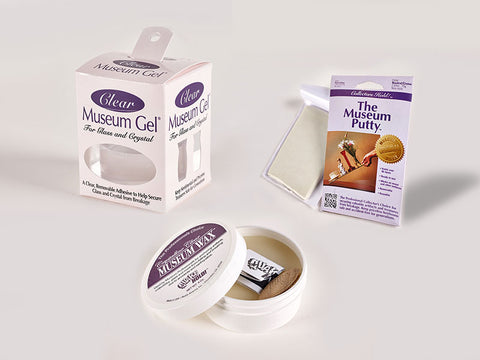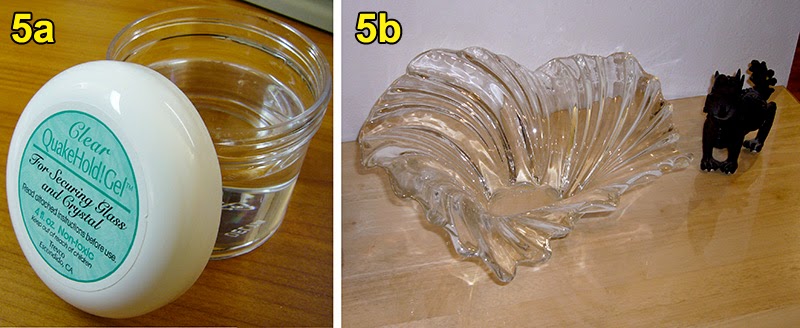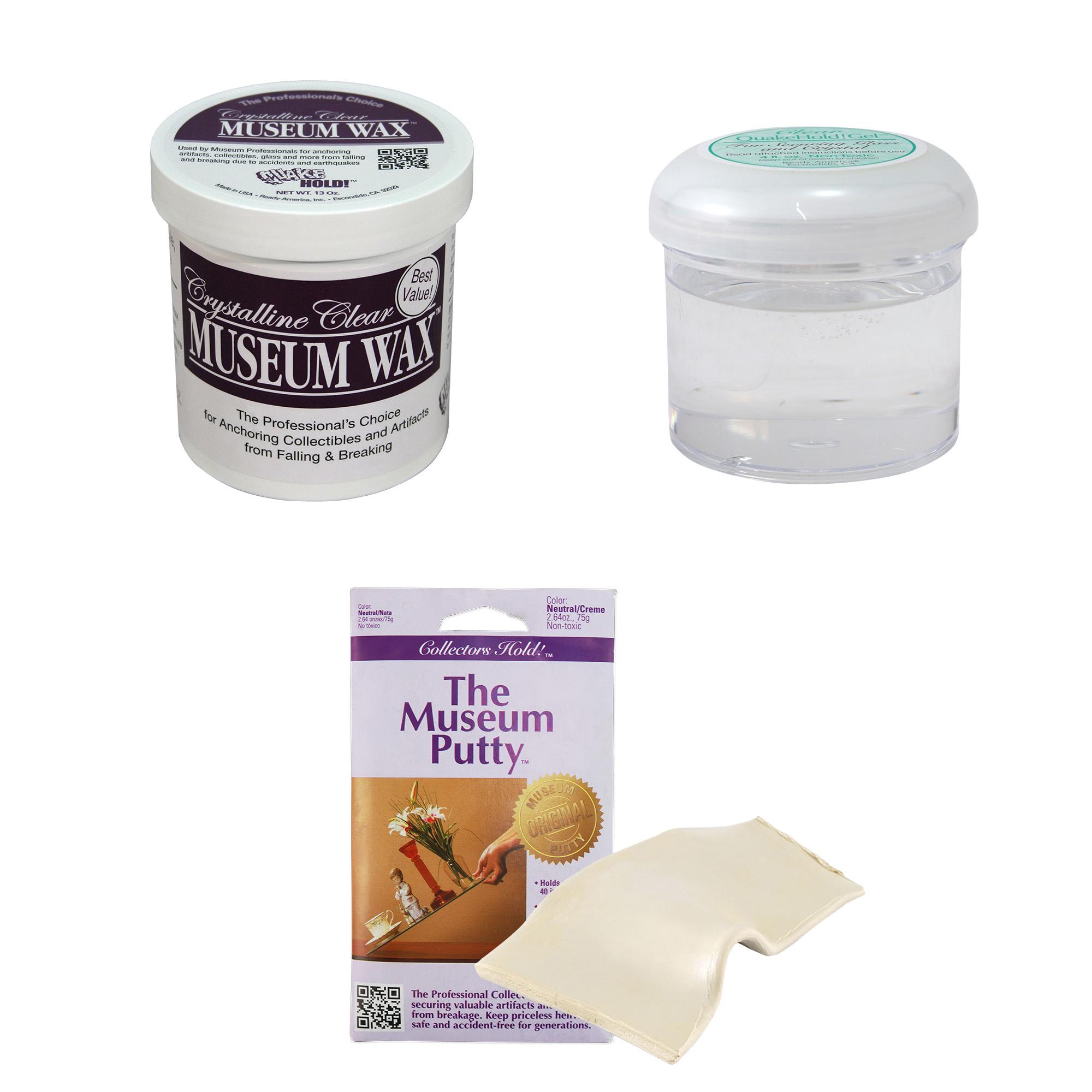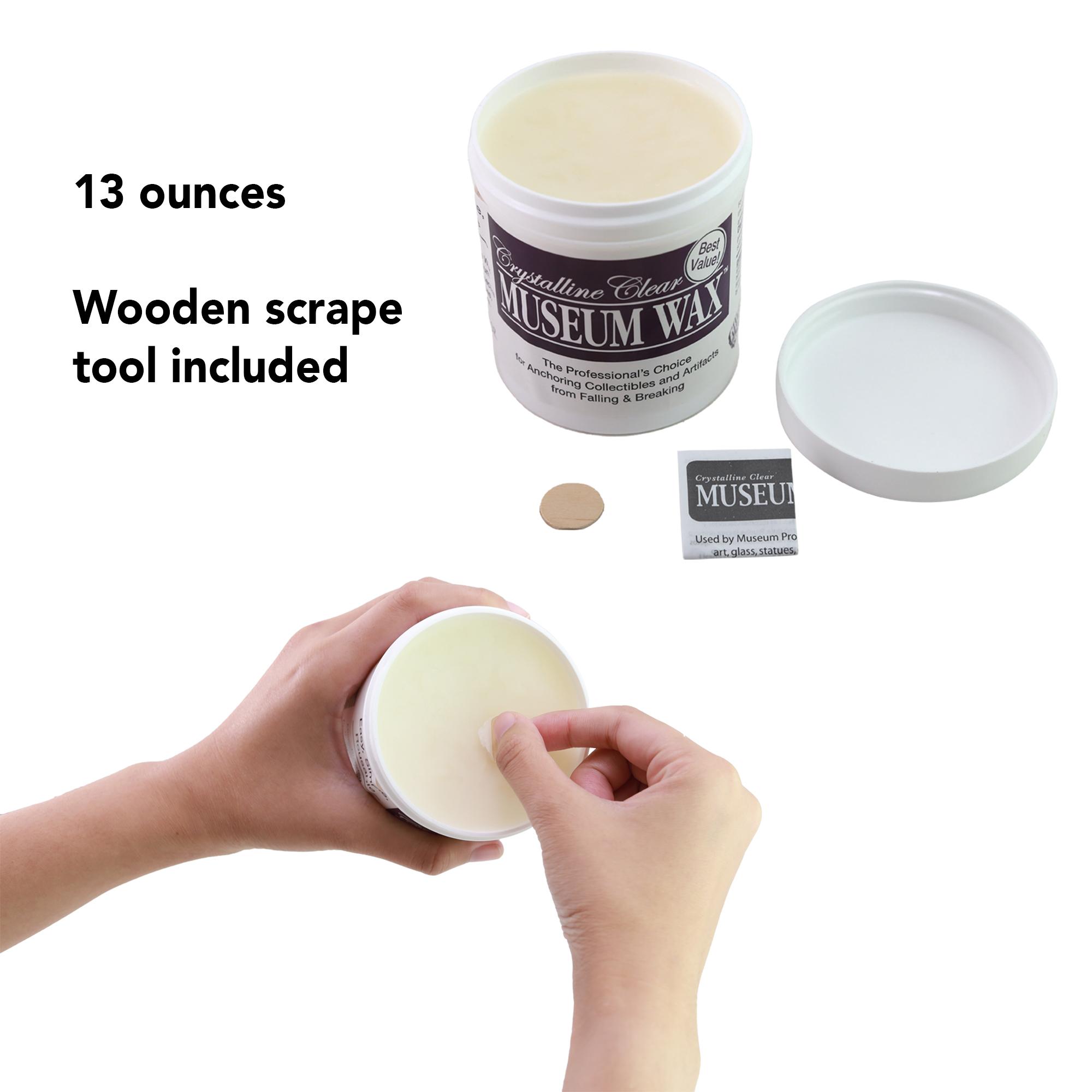Museum putty is a removable adhesive used to secure items on display, while museum wax is a firmer and more durable adhesive. Museum putty and museum wax are two effective options for securing items on display in a museum or exhibition setting.
The primary difference between the two lies in their consistency and durability. Museum putty, which is a removable adhesive, provides a secure hold while still allowing for easy removal and repositioning.
On the other hand, museum wax is firmer and more durable, making it ideal for items that require a stronger hold.
Both options are effective in preventing objects from shifting or falling, offering curators peace of mind when showcasing delicate or valuable artifacts.
Contents
Composition
Museum putty and museum wax are both popular products used to secure valuable items in place, preventing them from shifting or falling in the event of an earthquake, strong vibrations, or even accidental bumps.
Understanding the composition of these products can help you make an informed decision on which one best suits your needs.
Materials In Museum Putty
Museum putty is typically composed of a blend of polymer, mineral oil, and fillers. The polymer provides the necessary adhesive properties to hold objects in place, while the mineral oil ensures the putty remains pliable and malleable.
Fillers may vary, but they are generally used to enhance the strength and bonding capacity of the putty, ensuring it can adequately secure items in position.
Materials In Museum Wax
Museum wax, on the other hand, is primarily composed of microcrystalline wax and adhesion enhancers. The microcrystalline wax provides the necessary texture and moldability to adhere to both the object and the display surface.
Adhesion enhancers are added to improve the wax’s ability to grip and secure the item in place, offering a strong and reliable hold.
Application
When it comes to securing your valuable items and collectibles in place, both Museum Putty and Museum Wax are popular choices. We will now delve into their application methods to understand how they differ in terms of usage.
How To Use Museum Putty?
To apply Museum Putty, follow these simple steps:
- Ensure the surface is clean and dry.
- Take a small amount of Museum Putty and roll it into a ball.
- Press the putty onto the base of the object, exerting slight pressure to secure it in place.
- Remove any excess putty using a soft cloth or your fingers.
How To Use Museum Wax?
Applying Museum Wax involves the following steps:
- Clean the object’s base and the surface where it will be placed.
- Take a small amount of museum wax and rub it between your fingers until soft and pliable.
- Apply the wax to the base of the object and press it firmly onto the desired surface.
- Wipe away any excess wax with a soft, lint-free cloth.
Effectiveness
The effectiveness of Museum Putty and Museum Wax lies in their ability to secure fragile items and prevent them from falling or shifting.
Strength And Durability Of Museum Putty
Museum Putty is highly resilient, providing a strong hold on objects to keep them securely in place.
Strength And Durability Of Museum Wax
Museum Wax offers reliable strength and durability, effectively keeping objects stable and secure.

Removability
When it comes to protecting your valuable collectibles, art pieces, or fragile items from accidental falls or movements, Museum Putty and Museum Wax are the go-to choices.
These adhesive products provide stability and security, but what sets them apart is their removability. Let’s explore the ease of removal for both Museum Putty and Museum Wax.
Ease Of Removal For Museum Putty
Museum Putty is designed to secure objects in place without causing any damage. Its unique formulation allows for easy and clean removal when needed. The process is simple – gently twist and lift the object from one side to detach it from the putty.
This straightforward technique ensures that the object remains intact and free from any residue. Whether you’re rearranging your display or transporting your items, Museum Putty can be effortlessly removed without leaving any marks or requiring excessive force.
Ease Of Removal For Museum Wax
Museum Wax offers a secure hold while still being easy to remove. To remove an object secured with Museum Wax, gently lift one corner and apply some pressure in a rolling motion.
This action will cause the edge of the wax to lift, allowing you to grasp it and remove it from the surface. Like Museum Putty, Museum Wax leaves no residue or damage behind.
Its flexibility and pliability ensure that delicate and valuable items can be removed smoothly without jeopardizing their integrity.
Both Museum Putty and Museum Wax provide excellent stability and security for your prized possessions, but their ease of removal makes them a preferred choice.
Whether you want to reposition your artwork, clean your items, or transport them safely, Museum Putty and Museum Wax allow for stress-free removal without compromising the condition of your valuables.
Surface Compatibility
Surface Compatibility is an essential consideration when choosing between Museum Putty and Museum Wax for securing valuable items in place.
The compatibility of these products with different surfaces can impact the level of protection they provide.
Compatible Surfaces For Museum Putty
- Glass shelves
- Ceramic surfaces
- Marble countertops
- Wooden display cases
Compatible Surfaces For Museum Wax
- Metal display stands
- Plastic exhibition cases
- Stone sculptures
- Porcelain figurines
Surface Compatibility: It’s crucial to know which surfaces Museum Putty and Museum Wax work best with. Compatible Surfaces for Museum Putty:
Museum Putty is ideal for glass, ceramic, marble, and wood. Compatible Surfaces for Museum Wax: Museum Wax is a great choice for metal, plastic, stone, and porcelain items.

Long-term Impact
When it comes to securing valuable items in a museum or gallery, two commonly used options are Museum Putty and Museum Wax.
While both products offer a temporary solution to prevent items from falling or being tipped over, it’s essential to consider their long-term impact.
Let’s dive into the potential damage that can occur when using Museum Putty and Museum Wax, so you can make an informed decision about which option is best suited for your needs.
Potential Damage From Museum Putty
Although Museum Putty is a widely used product, it’s important to understand the potential damage it can cause in the long run. One of the primary concerns with Museum Putty is that it can leave a residue or stain on delicate surfaces.
With time, the putty may harden or soften, making it difficult to remove without causing further harm to the item or surface it was applied to. This can be particularly problematic for items with intricate designs or delicate finishes.
Moreover, certain materials such as porous stone or painted surfaces can be more vulnerable to damage when in contact with Museum Putty. Over time, the chemicals in the putty may react with these surfaces, leading to discoloration or surface degradation.
Additionally, the repetitive removal and reapplication of Museum Putty can contribute to wear and tear on the item itself, especially if it has a delicate structure.
Potential Damage From Museum Wax
In contrast, Museum Wax offers an alternative solution that may have fewer long-term consequences. Unlike Museum Putty, Museum Wax doesn’t leave residue or stains on surfaces.
It maintains a stable consistency even after prolonged use, reducing the risk of damage caused by hardening or softening. When applied correctly, Museum Wax provides a secure bond without the need for excessive pressure, eliminating the potential for surface scratching.
However, it is important to note that certain materials may still be susceptible to damage when using Museum Wax. For example, heat-sensitive items or materials with fragile coatings may be negatively affected.
It’s crucial to consult professionals or conduct thorough research specific to the item or surface you intend to secure to ensure the use of Museum Wax won’t cause any unwanted harm.
In conclusion, while both Museum Putty and Museum Wax offer temporary security measures, it’s vital to weigh the potential long-term impact. While Museum Putty can pose risks of residue, staining, and surface degradation, Museum Wax offers a safer alternative with minimal consequences.
Ultimately, the choice between the two will depend on the specific requirements of your valuable items and the surfaces they need to be secured to.

Frequently Asked Questions Of Museum Putty Vs Museum Wax
Which Is Better Museum Wax Or Putty?
Museum wax is better for securing and positioning objects, while putty is ideal for temporary adhesion. Both have their uses depending on your specific needs and the type of items you want to secure.
What Is Museum Putty Used For?
Museum putty is used to secure fragile items in place on display surfaces. It helps prevent objects from shifting or falling, offering protection in case of vibrations or accidental contact.
This putty is commonly used in museums, galleries, and homes to safeguard valuable and delicate pieces.
How Much Weight Will Museum Putty Hold?
Museum putty can hold up to several pounds, depending on brand and application. It is best for securing lightweight objects.
How Strong Is Museum Putty?
Museum putty is very strong and reliable. It securely holds items in place, preventing them from falling or shifting. With its high adhesive strength, it provides excellent protection for delicate objects.
Conclusion
Museum Putty offers versatility, while Museum Wax provides a stronger hold. Both options cater to different needs for securing fragile items in place.
Consider your specific requirements before choosing between Museum Putty and Museum Wax for optimal display protection.

